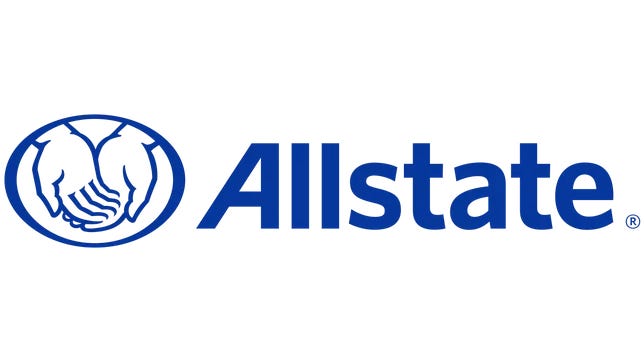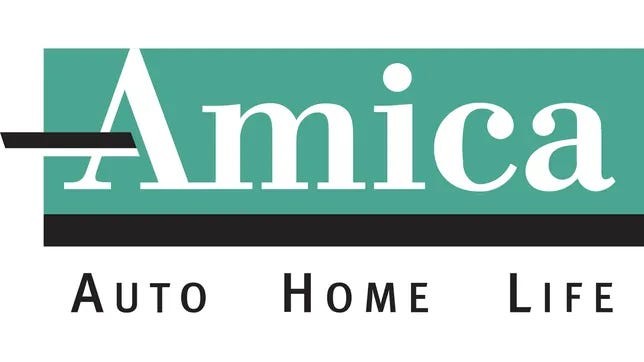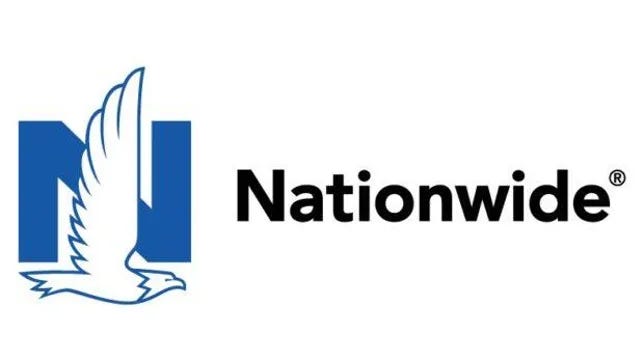Beyond the basic types of auto insurance, there’s a special coverage type you may want to consider if you’re financing or leasing your car, called gap insurance.
New automobiles start to depreciate in value the moment your car leaves the lot. If you sell your car, even after owning it for just a year, its resale value is typically as much as 20% less than its original value, according to the Insurance Information Institute or Triple-I. While supply chain issues in the US are shaking up this calculus (meaning, in some cases, you could make a profit on a used car right now), it’s still an accurate rule of thumb.
That sudden depreciation means that if you’re financing or leasing your new vehicle, there may be a time where the amount you owe on the car is greater than the market value of the car itself. For example, you may owe $9,000 on your car loan, but find your car’s depreciated value is now only $7,000. In this case, if your car gets totaled, you’re on the hook for paying more than the car is actually worth to cover your auto loan.
What about car insurance? Although your auto insurance policy would likely kick in if this happened, the standard insurance policy would only pay for your vehicle’s current value, which means there’s still a sum of money -- a gap -- you’d be obliged to pay. Gap insurance can protect you in this situation.
For more on car insurance, be sure to check out our list of the best car insurance companies and best companies for cheap car insurance.
What is gap insurance and when do you need it?
Sometimes referred to as loan or lease payoff insurance, gap insurance can cover the difference between your vehicle’s market value and the amount you owe on it in the event of an accident that totals your car.
If you’re leasing your vehicle, this coverage is typically required, according to Mark Friedlander, director of corporate communications at Triple-I. But if you’re financing your vehicle, it’s voluntary. So, how do you decide whether you should get it?
Here’s a good rule:
“If you put down less than a 20% payment on your car and you’re financing the rest of it -- at least 80% -- throughout four or five years or longer, that’s criteria for gap insurance,” Friedlander said. “Additionally, our recommendation is that you purchase gap insurance through your auto insurer versus buying it from the car dealer or leasing company. The latter is more expensive.”
Buying gap insurance through your current auto insurance company may be difficult, however, because not all carriers offer gap insurance. In fact, many major national insurers like Geico, USAA and State Farm don’t.
If you’re financing or leasing a new car, here’s a list of major insurers that offer gap insurance coverage.
Allstate is one of the oldest and largest car insurers in the US, founded in 1937 and ranks fourth in total market share in the US, according to the National Association of Insurance Commissioners. This insurance giant includes gap insurance in its robust list of coverage options, though this coverage tends to come at a pricier premium compared to other insurers. While it services all 50 states and Washington, D.C., it doesn’t offer gap insurance in New York.
Progressive offers something similar to gap insurance, called “loan/lease payoff insurance.” It works in much the same way as gap insurance, covering the difference between your vehicle’s market value and the amount you owe on it. The main difference is that Progressive’s payoff coverage is limited to no more than 25% of your vehicle’s actual cash value, though the limit varies by state. For example, if your car is worth $5,000 and is totaled in an accident and you owe $7,000, Progressive would cover $1,250. Progressive offers middle-of-the-line rates generally, making it potentially a good option to include in your search if you’re looking for a carrier with gap insurance (or something similar enough).
Amica is another major US insurer, operating in every state except Hawaii. Amica is known for its high customer satisfaction scores, with residents in New England noting particularly positive experiences with the carrier’s service. The insurer provides more than just car insurance policies; it also offers flood, condo, life, home and small business insurance. If you buy gap insurance at Amica, it will show up on your bill as “auto loan/lease coverage.” This coverage isn’t available in all states.
Nationwide’s gap coverage costs approximately 5% of the total cost between both comprehensive and collision on the customer’s policy, according to a Nationwide spokesperson. This carrier sells gap coverage in all states except New York, and it operates in all states except Alaska, Hawaii and Louisiana. To purchase this coverage you must request it within six months of buying or leasing your new vehicle and hold both comprehensive and collision coverage. Gap insurance at Nationwide is available until the vehicle turns six years old.
Liberty Mutual, headquartered in Boston, Massachusetts, is another major carrier that provides gap insurance. The carrier offers auto, home and life insurance policies in all 50 states plus Washington D.C., making Liberty Mutual’s gap coverage one of the most accessible across the country. That noted, the carrier receives a high number of complaints nationally filed with the National Association of Insurance Commissioners, and below average scores in J.D. Power customer satisfaction surveys.
The Hartford offers a list of car insurance coverage that includes gap insurance. But this carrier isn’t for all drivers. The Hartford’s auto policy is geared towards drivers over the age of 50 who are members of the American Association of Retired Persons. Along with gap insurance, Hartford also offers car replacement coverage, which will give you money for a new car of the same make and model if your car is totaled, instead of paying out the depreciated value of your car.
Gap Insurance FAQs
FAQs
Yes, but it’s much more expensive. The other option, if you’re not getting it through an insurer, is to buy gap insurance through the lender or dealership you bought the car with. Again, this is more expensive than getting it through your main insurance provider as an add-on to your policy.
Yes. If you want to insure the gap between your car’s market value and the amount you owe on it, you’ll need gap insurance. Full coverage won’t cover that gap on its own.
No. More often than not, you’ll need to add gap insurance immediately or soon after buying your new car. For example, Nationwide requires that you buy gap insurance within six months of getting a new car.
Methodology
CNET reviews insurance carriers and products by exhaustively comparing them across set criteria. For auto insurance, we examine average annual premium rates for full coverage, consumer complaints, collision repair scores, the carrier’s financial strength, auto claims satisfaction and overall customer satisfaction. Our data comes from a multitude of sources.
Auto insurance rates come from Bankrate, which gathers data using Quadrant Information Services. We also use both J.D. Power annual surveys that collect data on customer auto claims satisfaction and overall customer satisfaction.
Consumer complaints are taken from the National Association of Insurance Commissioners (NAIC), which collects consumer complaints across states, indexing complaints on a scale that takes into account the industry average. We collect the financial strength rating of each carrier from the A.M. Best Rating. Lastly, we collected collision repair scores from the Crash Network Insurer Report Card, which collects data from collision repair professionals, including mechanics, to gauge the quality of collision claims service from insurance carriers.
For this gap insurance list, we confirmed with major insurers on the availability of gap insurance and the details of that coverage.












